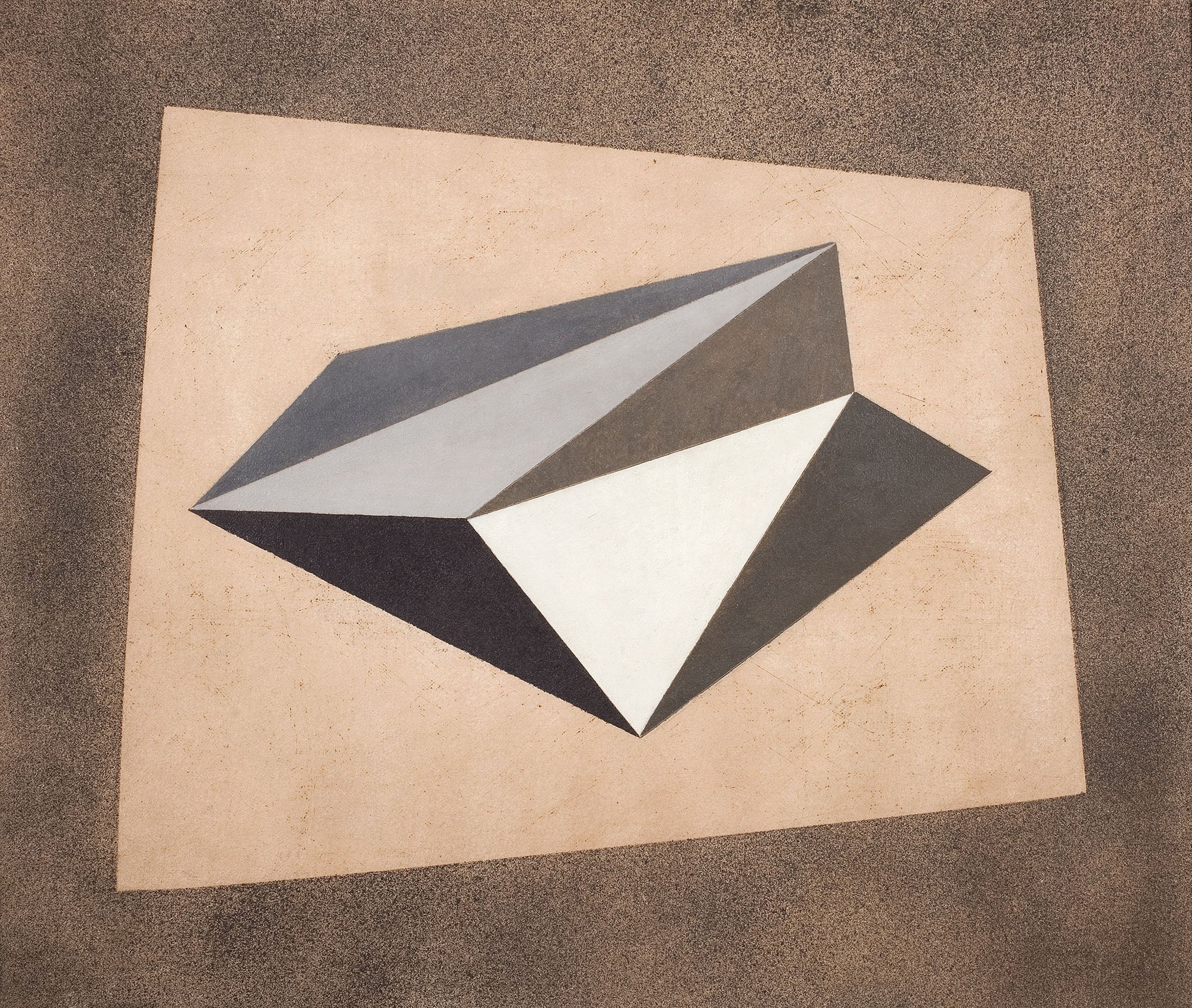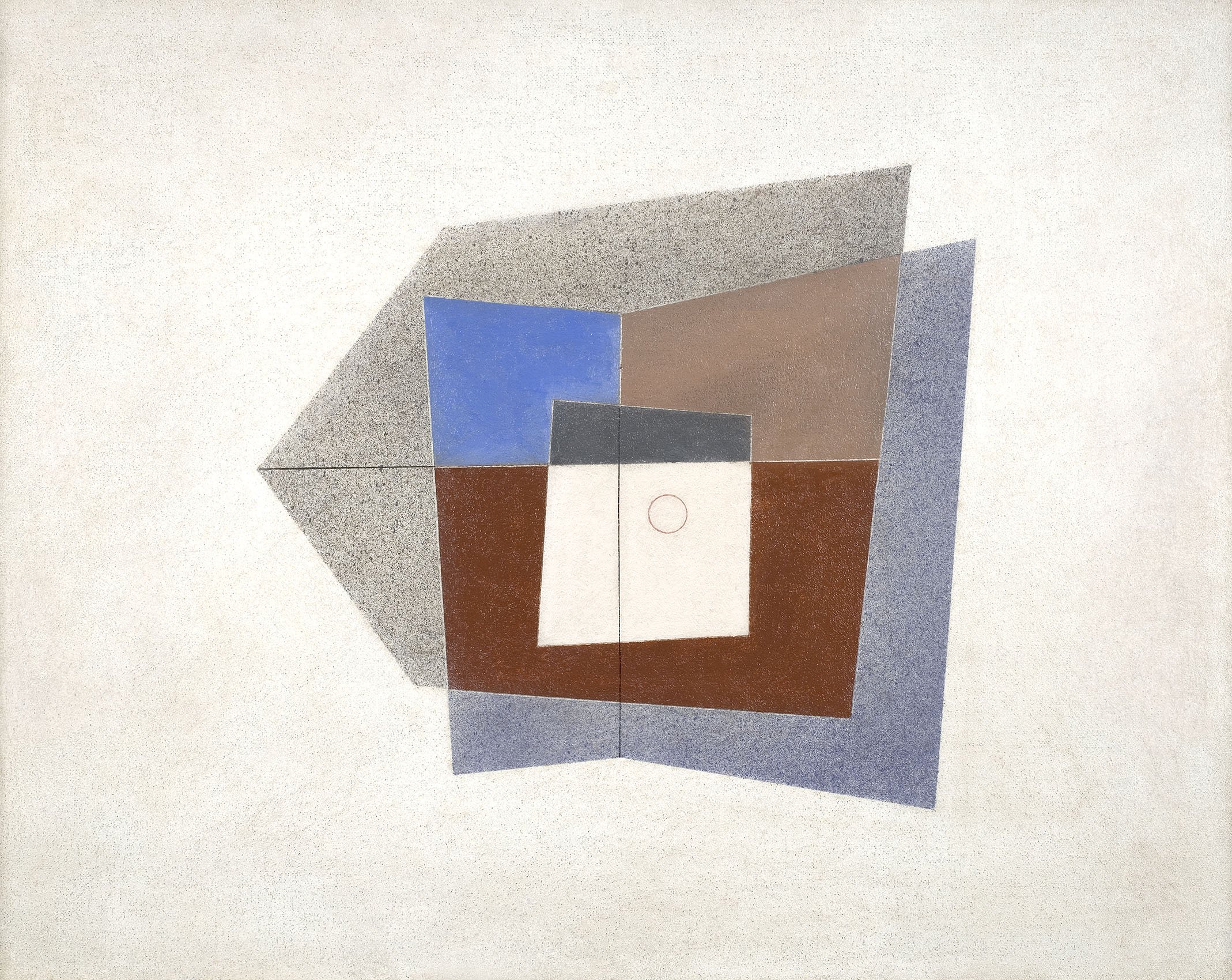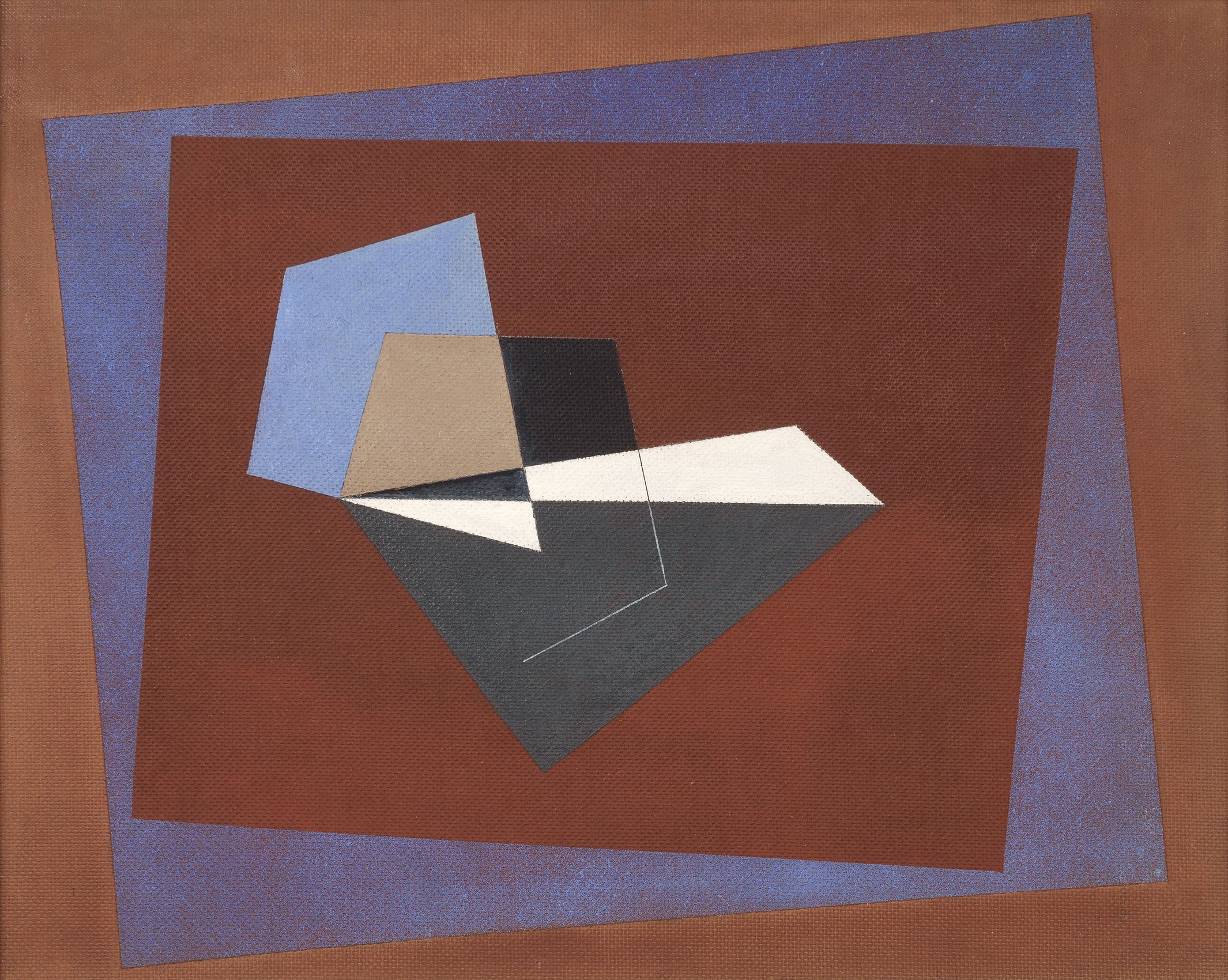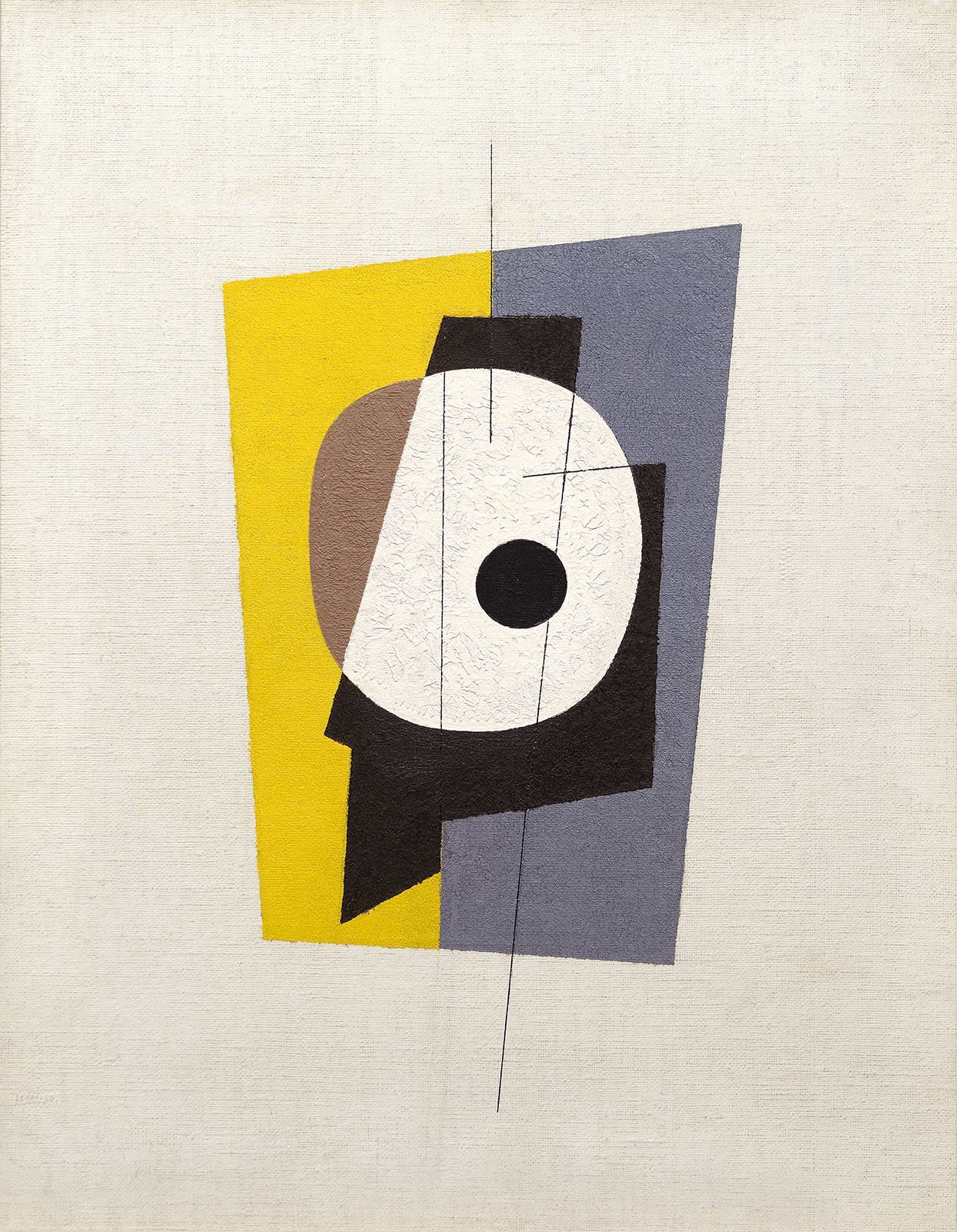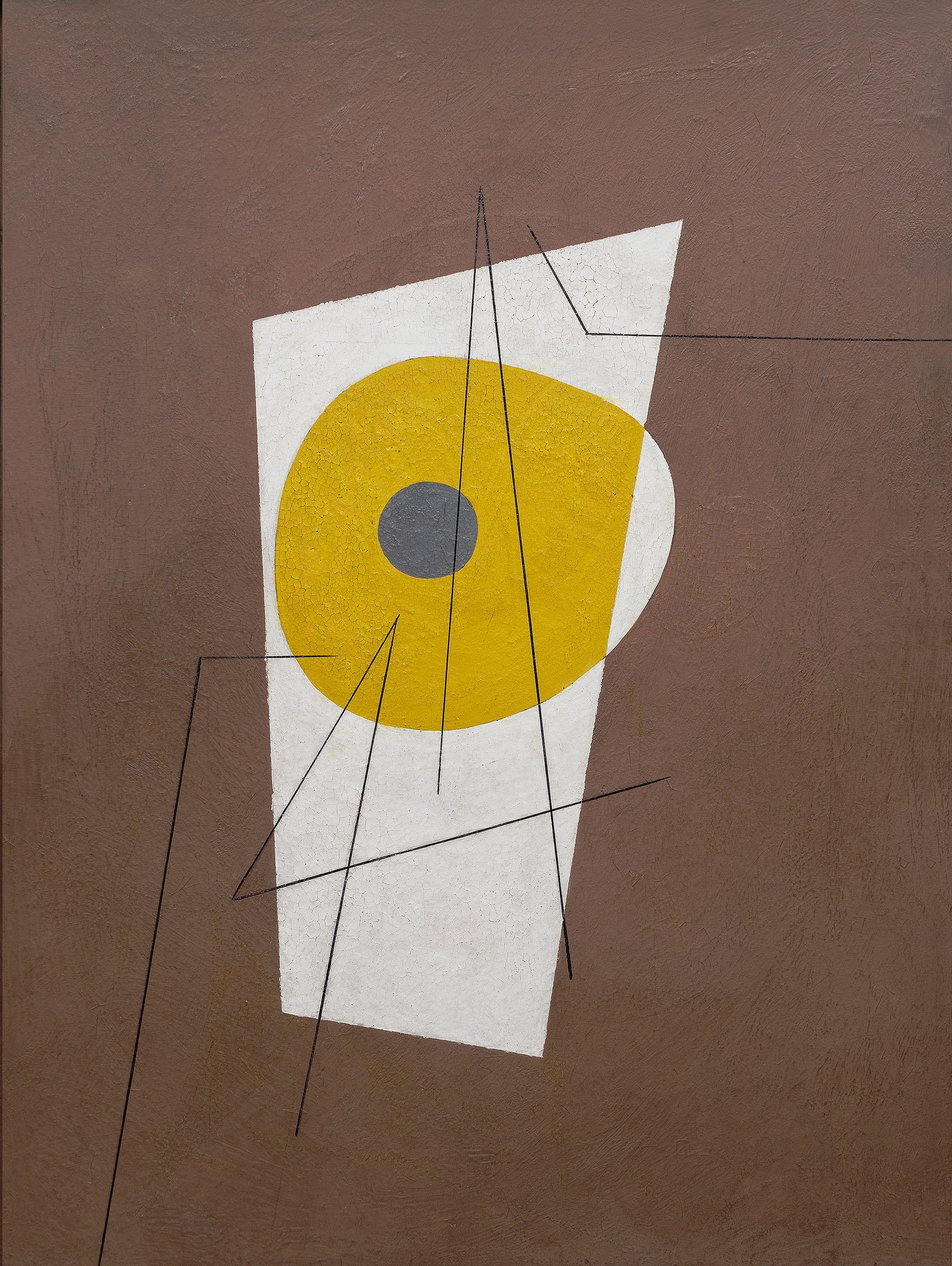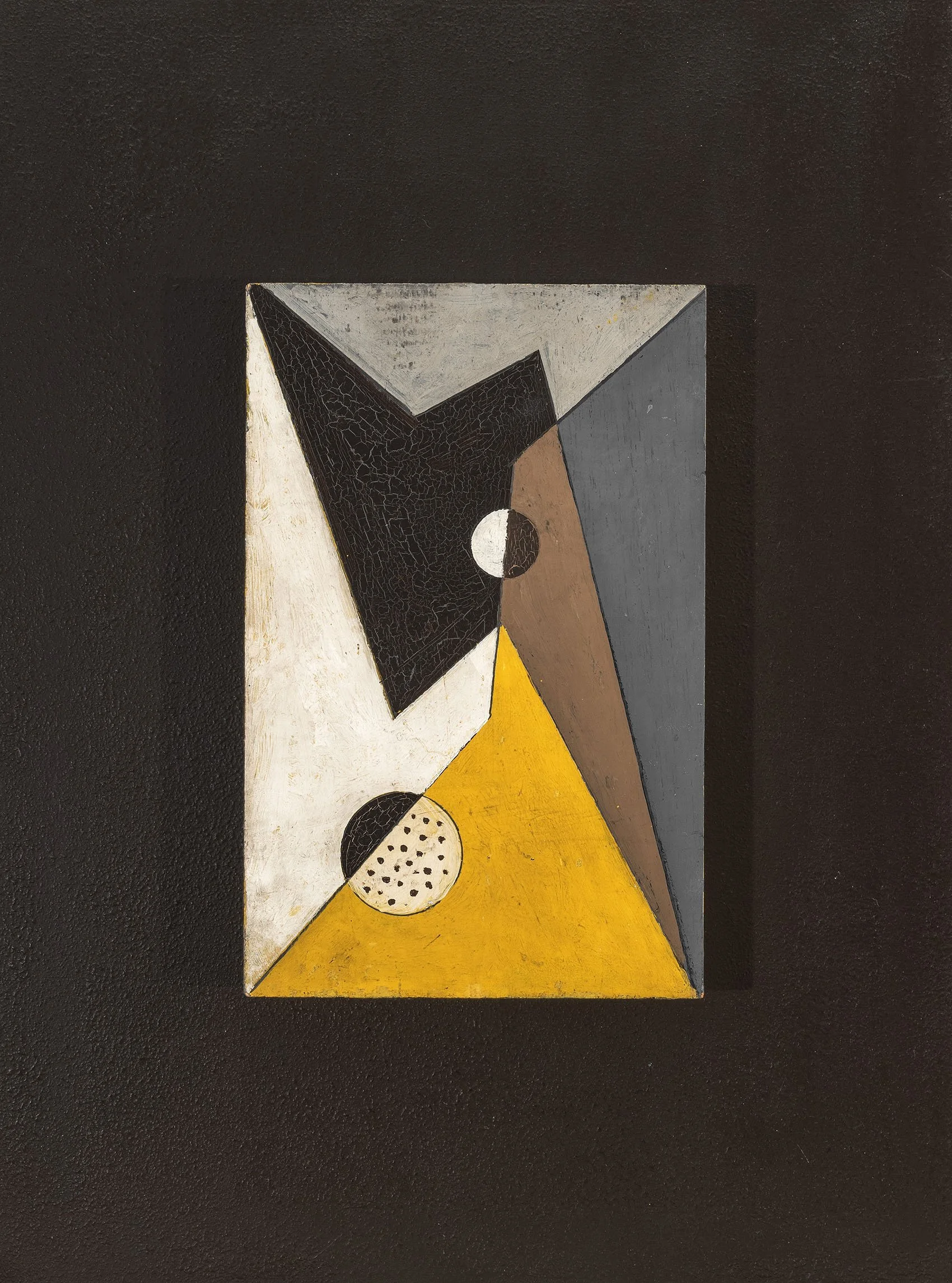CHARLES GREEN SHAW (1892-1974)
Available Work | Biography
Biography • Charles Green Shaw (1892-1974)
Charles Green Shaw, born into a wealthy New York family, began painting when he was in his late thirties. A 1914 graduate of Yale, Shaw also completed a year of architectural studies at Columbia University. During the 1920's Shaw enjoyed a successful career as a freelance writer for The New Yorker, Smart Set and Vanity Fair, chronicling the life of the theater and café society. In addition to penning insightful articles, Shaw was a poet, novelist and journalist. In 1927 he began to take a serious interest in art and attended Thomas Hart Benton's class at the Art Students League briefly in New York. He also studied privately with George Luks, who became a good friend. Once he had dedicated himself to non-traditional painting, Shaw's writing ability made him a potent defender of abstract art.
After initial study with Benton and Luks, Shaw continued his artistic education in Paris by visiting numerous museums and galleries. From 1930 to 1932 Shaw's paintings evolved from a style imitative of Cubism to one directly inspired by it, though simplified and more purely geometric. Returning to the United States in 1933, Shaw began a series of abstracted cityscapes of skyscrapers he called Manhattan Motifs which evolved into his most famous works, the shaped canvases he called Plastic Polygons.
The 1930s were productive years for Shaw. He showed his paintings in numerous group exhibitions, both in New York and abroad, and was also given several one-man exhibitions. Shaw had his first one-man exhibition at the Valentine Dudensing Gallery in New York in 1934, which included 25 Manhattan Motif paintings and 8 abstract works. In the spring of 1935 Shaw was introduced to Albert Gallatin and George L.K. Morris. Gallatin was so impressed with Shaw's work, he broke a policy against solo exhibitions at his museum, the Gallery of Living Art, and offered Shaw an exhibition there. In the summer of 1935 Shaw traveled to Paris with Gallatin and Morris who provided introductions to many great painters. Shaw regularly spent time with John Ferren and Jean Hélion. The following year Gallatin organized an exhibition called Five Contemporary American Concretionists at the Reinhardt Galleries that included Shaw, Ferren, and Morris, as well as Alexander Calder and Charles Biederman. The exhibition traveled to Paris at the Galerie Pierre and to London at the Mayor Gallery with A.E. Gallatin replacing Calder as the fifth artist.
During the mid-1930's Charles Green Shaw became fascinated with wood relief paintings and was one of the first abstract artists to use this technique. Shaw was among an early group of American artists who wished to incorporate three dimensional elements into their abstract painting. Ferren did this by carving into his paintings, Biederman used Constructivist methodology to create geometric reliefs, Morris used juxtaposed colors to create vibrations, Pereira painted on glass, and Calder created abstract sculpture. Charles Green Shaw was the only artist to use a technique that resulted in an exploded view of biomorphic abstract shapes. Shaw created compositions of biomorphic forms cut from wood about ¾ inch thick which he sometimes painted and other times varnished and arranged atop another piece of wood to give the composition added depth. These reliefs were produced alongside Shaw's shaped canvas works, Plastic Polygons, from 1936 to 1938.
In 1937 Shaw became a founding member of the American Abstract Artists and exhibited 6 works in the first annual exhibition at the Squibb Building in April. The 1938 American Abstract Artists' annual exhibition catalogue contained eleven essays by members with the opening essay by Shaw. His article, "A Word to the Objector," expressed his profound belief that abstract painting was "an appeal to one's…aesthetic emotion alone…." Shaw was very active within the group in the early years, editing the catalogues, seeking sponsors for exhibitions, and locating exhibition spaces. Shaw had two solo exhibitions at the Museum of Non-Objective Painting in 1940 and 1941 and served on the Advisory Board of the Museum of Modern Art from 1936 to 1941.
In the later 1930's, Shaw became interested in photography and children's books. In 1938 Shaw had a series of photographs and trivia on New York published as the book New York- Oddly Enough. Shaw worked on similar photography projects on Paris and London. In 1939 Shaw started working with the publisher W.R. Scott, Inc. and with its editor, Margaret Wise Brown (author of The Runaway Bunny and Good Night Moon), Shaw wrote and illustrated several children's books, including The Giant of Central Park and a series called The Guess Book. Fellow AAA member Esphyr Slobodkina also published her children's books with W.R. Scott, Inc.
In the latter part of his life, Shaw turned to Abstract Expressionism during the 1950s, and then back to his roots with a variant of Minimalism in the 1960's. His style grew bolder and showed a strong graphic sense. He died in 1974. Among the collections with works by Charles Green Shaw are the Art Institute of Chicago, IL; Brooklyn Museum, NY; Corcoran Gallery of Art, Washington, D.C.; Guggenheim Museum, New York, NY; Metropolitan Museum of Art, New York, NY; Museum of Modern Art, New York, NY; and the San Francisco Museum of Modern Art, CA.
